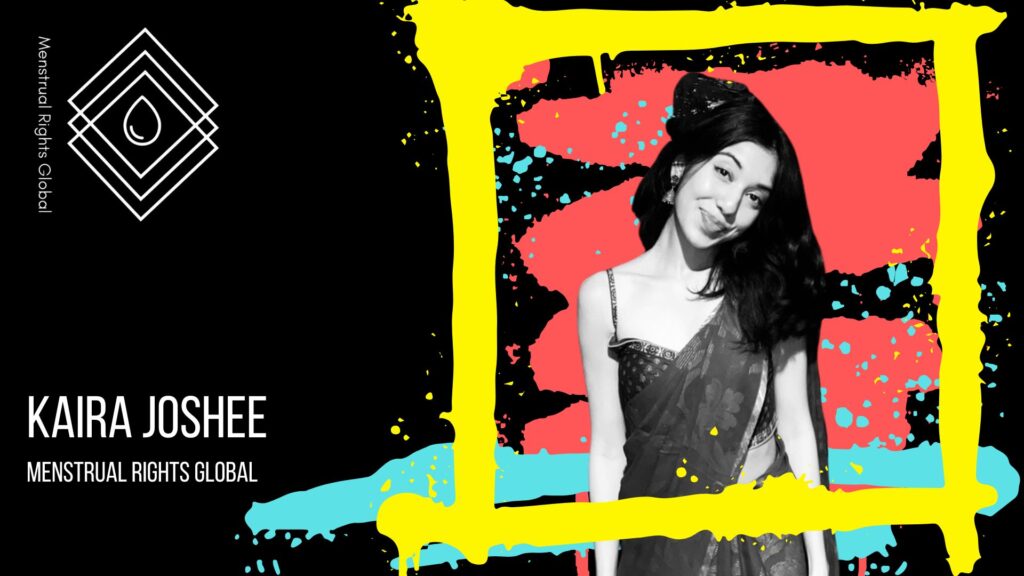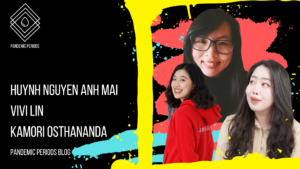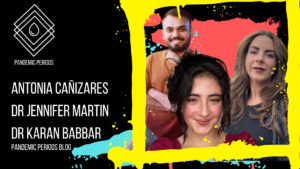The International Day of the Girl, observed every year on October 11, is more than a commemoration; it is a collective affirmation of girls’ rights, resilience, and leadership. Around the world, girls continue to confront systemic barriers including restricted education, limited access to health care, gender-based violence, and exclusion from decision-making spaces. Yet, despite these injustices, they lead movements that transform communities from within.
Celebrating this day is vital because it challenges the global community to move from rhetoric to recognition and resourcing. It reminds policymakers, donors, and institutions that girls are not beneficiaries of aid but agents of change. When we honour girls’ leadership, particularly in crisis-affected contexts, we affirm their right not only to survive but to shape their futures. The day invites us to listen to girls’ voices, invest in their potential, and dismantle the structural inequalities that persist in every region of the world.
Background: Girls’ Sexual and Reproductive Health, Rights, and Bodily Autonomy
At the heart of gender equality lies sexual and reproductive health and rights (SRHR), the ability of girls to make informed choices about their bodies, their health, and their futures. SRHR encompasses access to menstrual health, contraception, safe childbirth, sexuality education, and freedom from coercion or violence. For millions of girls, especially in conflict and humanitarian settings, these rights remain out of reach.
In many parts of the world, bodily autonomy, the fundamental right to govern one’s own body, is still denied to girls through restrictive laws, social norms, and lack of resources. The consequences are far-reaching: early marriage, adolescent pregnancy, unsafe abortions, and disrupted education. These are not only health issues but violations of human rights and barriers to peace and prosperity.
Menstrual health, in particular, is an entry point for dignity. When girls can manage their periods safely and confidently, they are more likely to attend school, engage in community life, and participate in leadership roles. Conversely, when menstrual care is neglected in policy and humanitarian response, it signals that girls’ needs are secondary, a message that perpetuates inequality. Recognizing menstrual equity as part of SRHR reframes it as a cornerstone of justice and peacebuilding, not an afterthought of hygiene.
Closing Reflection
To celebrate the International Day of the Girl is to celebrate resistance, imagination, and care. It is to honour girls in Palestine, Sudan, Afghanistan, Ukraine, and beyond, those who transform suffering into solidarity and displacement into determination. It is a reminder that peace begins with dignity, and that the most transformative revolutions are often led by those the world underestimates.
When we invest in girls’ SRHR and uphold their bodily autonomy, we do more than protect their health; we restore their agency. And when girls lead, they do not just rebuild what was broken, they reimagine what is possible.
A Call to Action from the Menstrual Rights Global Youth Council
This International Day of the Girl, the Menstrual Rights Global Youth Council calls on governments, multilateral institutions, and civil society partners to move from commitment to implementation. We urge decision-makers to:
- Recognize menstrual health as a core component of humanitarian and peacebuilding responses.
- Allocate direct and sustained funding to girl-led and youth-led organizations advancing menstrual equity and SRHR.
- Include girls meaningfully in the design, delivery, and monitoring of policies that affect their lives.
- Ensure access to safe, affordable menstrual products and education in all contexts, including conflict and displacement settings.
We stand with girls everywhere who are leading with courage, creativity, and conviction. Our message is simple: trust girls to lead, resource their leadership, and join them in building a world where dignity is non-negotiable and equality is the foundation of peace.








